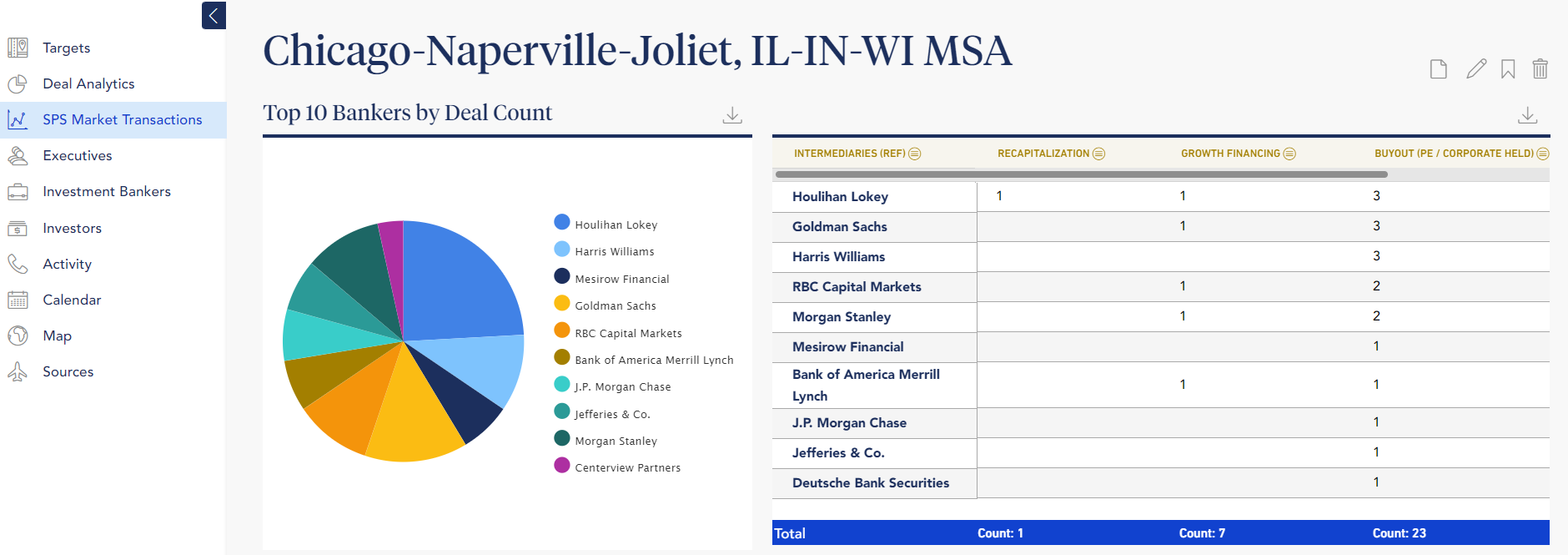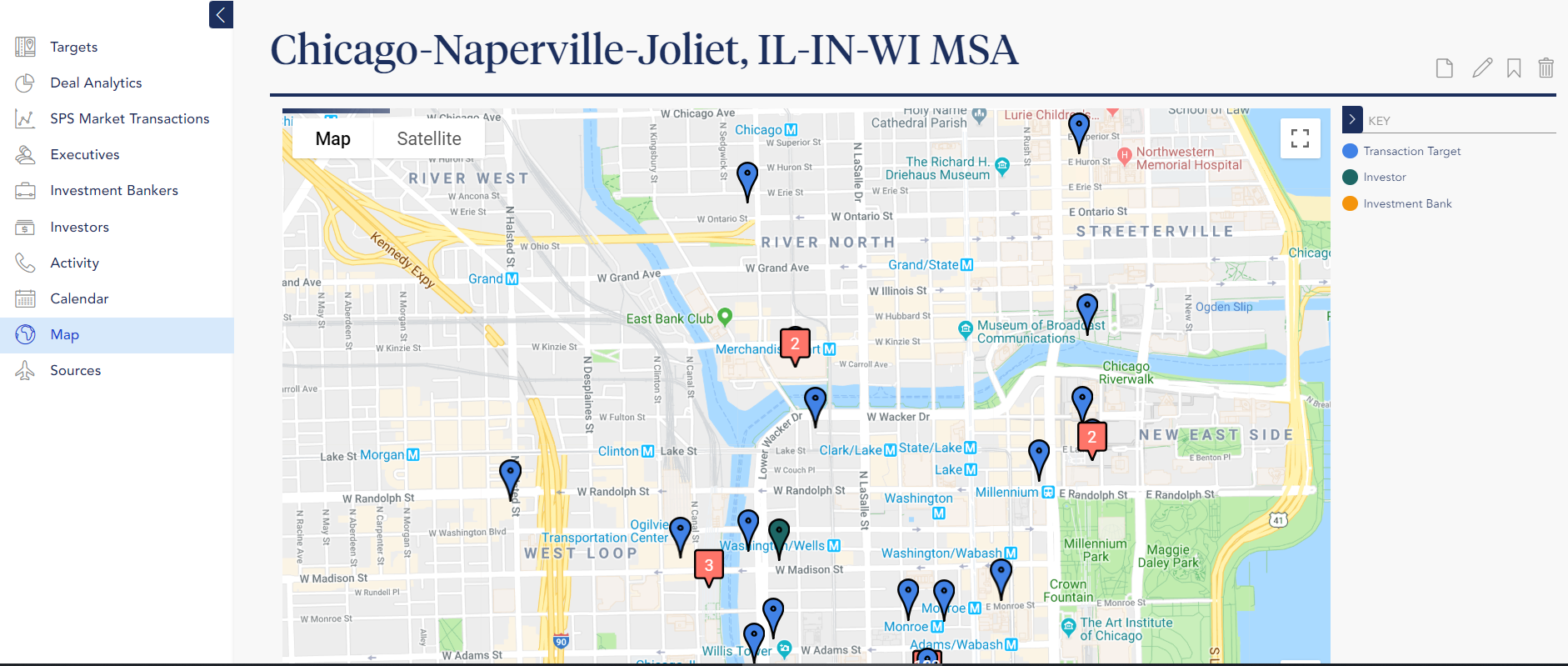Business development “road warriors” know the challenges of on-the-road dealmaking all too well. From trains, to planes, to automobiles, it’s clear that copious amounts of travel will continue to be a huge part of the job for private equity and investment banking professionals.
In a recent Mergers & Acquisitions article, Mary Kathleen Flynn and Demitri Diakantonis identify 15 cities that provide fertile environments for dealmaking and highlight the key players and newsworthy and recent transactions in each. This begs the question: Does your team have solid coverage of each of these markets?
Read on to learn the top three reasons dealmakers miss out on business development opportunities when traveling, and how to improve your next trip with the help of technology.
1. Lack of transparency
Do you know what part of the country your developing deals are in? Do your teammates have the same visibility into the firm’s geographic reach as you do? Is geographic reach something that the firm analyzes on the quarter-to-quarter basis? If your answer to any of these questions is “No,” then it’s safe to say your firm lacks the transparency it needs to execute on business development travel effectively.

Modern-day investment banks and private equity firms keep track of deals at every stage in the pipeline by leveraging real-time data dashboards similar to the one seen above. Whether your firm is executing on a global roll-up strategy or a small, regional debt deal, it’s critical that every team member, at any time of day, have access to this information. Gone are the days planning business travel in Excel and Outlook.
2. Lack of data
If your firm wants to improve its geographical business development efforts, it will first need to identify which proprietary data the firm owns that can be leveraged. For example, you’ll want visibility into which contacts are located in the city you’re traveling to, how long it’s been since you last had contact, and what was discussed in that last email/call/meeting. This information is critical to picking the relationship up where it left off, and without it, your team members lose credibility.

If your firm has insufficient proprietary data, and therefore insufficient geographic coverage, a best practice to follow is to infuse that proprietary data with third-party data sources, such as Sutton Place Strategies, Pitchbook, DataFox and more. With this data strategy, firms can sync new global company, contact, and deal information with their proprietary data, creating a single cohesive record.
Having a balanced mix of proprietary and third-party geographic data is a great way to make your team’s business trips more productive because it will shine light on the places that have gone unnoticed and illuminate the places that are ripe for opportunity.
3. Lack of speed
There’s many advantages to organizing your business development efforts and team members by geography. It helps to maintain deeper relationships, helps the team focus their time on local economies, and allows them to attend more location-specific events and conferences. Putting all organizational strategies aside, however, it’s important that business development professionals be able to seize opportunities whenever and wherever they arise.

It’s no secret that speed is a critical component of dealmaking, but too often private equity and investment banking professionals pour countless hours into planning business travel.
From mapping the locations of each office you plan to visit in a given city (see above), to compiling the phone numbers of private company owners you intend to follow up with, to double-checking whether or not there’s an investor nearby that is owed a visit… planning business travel should not be an arduous or time-intensive task. With data and the right technology, dealmakers can better fuel their business development efforts when on the road or out of the office.
To learn more about ways to improve your firm’s geographic coverage, contact us.
